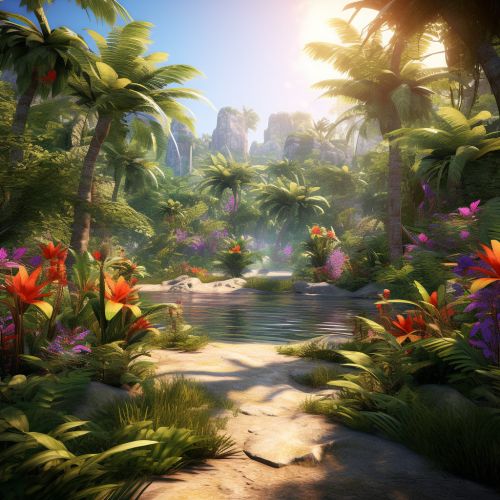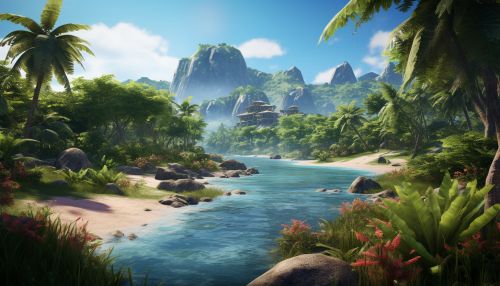Speciation in Island Biogeography
Introduction
Speciation in Island Biogeography is a fascinating and complex process that has been the subject of extensive scientific study. The unique conditions of islands, including their isolation and limited size, create a distinctive environment that can drive the evolution of new species. This process is often accelerated on islands, leading to high levels of endemism and biodiversity.
The Theory of Island Biogeography
The Theory of Island Biogeography was developed by Robert MacArthur and E. O. Wilson in the 1960s. This theory proposes that the number of species found on an undisturbed island is determined by two factors: immigration and extinction. The rate of immigration decreases as the number of species on the island increases, while the rate of extinction increases with the number of species. This leads to a dynamic equilibrium where the number of species is relatively constant.
Mechanisms of Speciation
Speciation on islands can occur through several mechanisms, including allopatric, peripatric, parapatric, and sympatric speciation.
Allopatric Speciation
Allopatric speciation is the most common form of speciation and occurs when populations are geographically isolated from each other. This isolation prevents gene flow between the populations, allowing them to evolve independently. Over time, these genetic differences can accumulate to the point where the populations can no longer interbreed, resulting in the formation of new species.
Peripatric Speciation
Peripatric speciation is a form of allopatric speciation where a small population is isolated at the edge of a larger population's range. This small, isolated population can experience different selective pressures than the larger population, leading to rapid evolution and the formation of a new species.
Parapatric Speciation
Parapatric speciation occurs when populations are partially isolated from each other, not by geographical barriers, but by an extreme change in habitat. While gene flow is possible between these populations, it is reduced, leading to the accumulation of genetic differences and the potential formation of new species.
Sympatric Speciation
Sympatric speciation is the process of speciation occurring within a parent species while remaining in the same geographical area. This can occur through mechanisms such as polyploidy, habitat differentiation, or sexual selection.
Factors Influencing Speciation in Island Biogeography
Several factors can influence the rate and nature of speciation on islands, including the size of the island, its distance from the mainland, and the type of habitat it provides.
Island Size
The size of an island can have a significant impact on the speciation process. Larger islands typically have more diverse habitats, which can support a greater number of species. Additionally, larger islands can support larger populations, reducing the likelihood of extinction and increasing the potential for speciation.
Distance from Mainland
The distance of an island from the mainland can also influence speciation. Islands that are further from the mainland are less likely to receive new immigrants, reducing gene flow and allowing for greater divergence between island and mainland populations.
Habitat Diversity
The diversity of habitats on an island can influence the speciation process by providing a variety of niches for species to occupy. This can lead to adaptive radiation, a process where a single ancestral species rapidly diversifies into a number of new species, each adapted to a specific niche.
Case Studies
Several case studies illustrate the process of speciation in island biogeography, including the finches of the Galapagos Islands and the honeycreepers of Hawaii.
Galapagos Finches
The Galapagos Finches are one of the most famous examples of adaptive radiation. These birds evolved from a single ancestral species into 15 distinct species, each adapted to a specific niche on the islands.
Hawaiian Honeycreepers
The Hawaiian Honeycreepers are another example of adaptive radiation. These birds evolved from a single ancestral species into more than 50 distinct species, each adapted to a specific niche in the diverse Hawaiian habitats.
Conclusion
Speciation in island biogeography is a complex process influenced by a variety of factors. The unique conditions of islands provide a natural laboratory for studying this process, and the insights gained can enhance our understanding of speciation and evolution more broadly.


